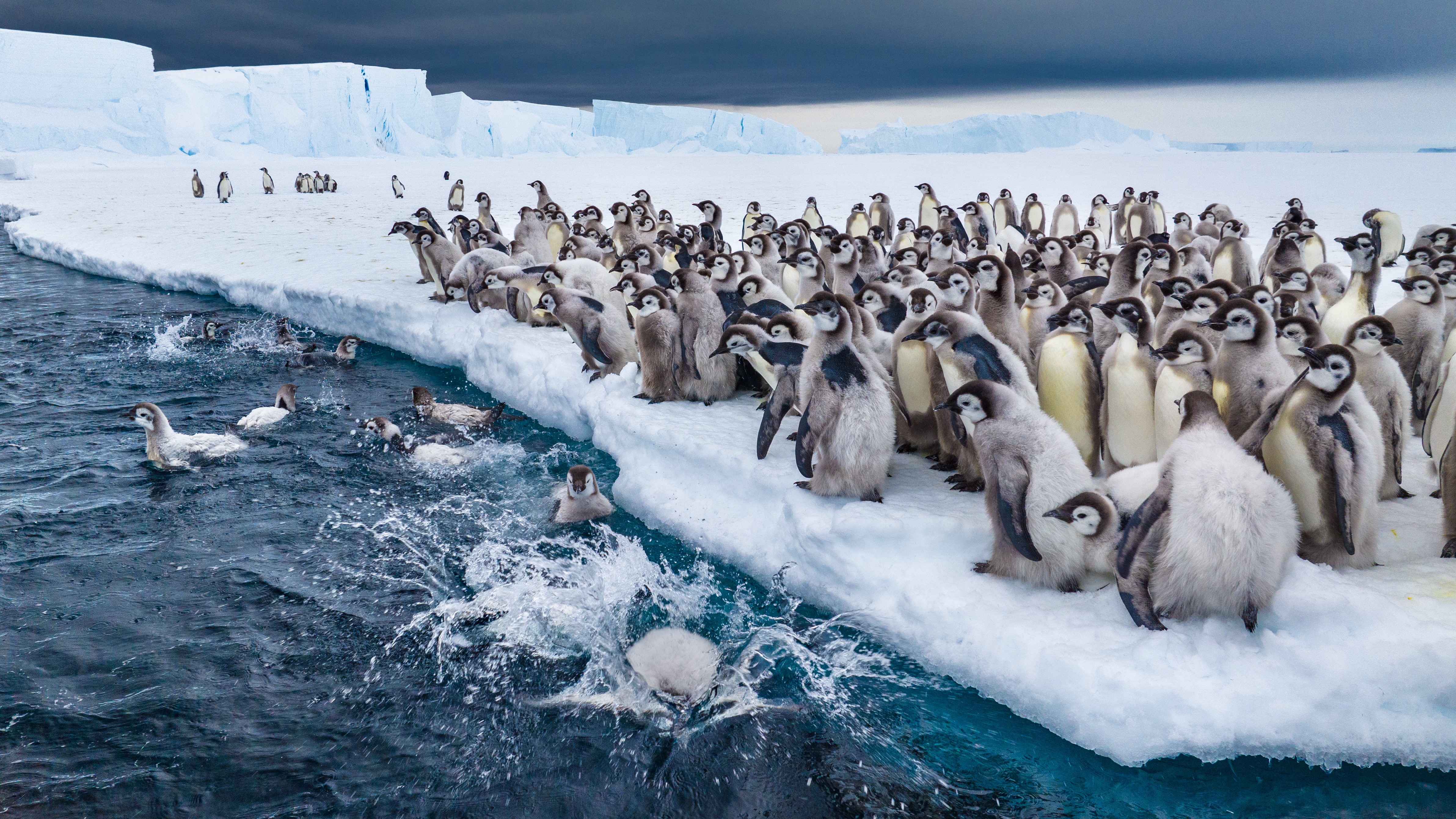Central Asia’s desiccated Aral Sea is steadily rising as Earth’s mantle beneath it bulges, new research suggests.
The uplift is due to the “quiet Chernobyl” environmental disaster that struck the region in the 1960s, when humans diverted two rivers that flowed into the Aral Sea for irrigation, scientists say. The Aral Sea, formerly the world’s fourth-largest lake, was then hit by a severe drought that evaporated so much of its water the lake split in two in 1986.
Over the past 80 years, the Aral Sea has lost 1.1 billion tons (1 billion metric tons) of water, according to the new study, published April 7 in the journal Nature Geoscience. The loss, equivalent to the mass of 150 Great Pyramids of Giza, was so significant that it initially caused Earth’s crust to rebound a little, “like a compressed spring that has been released,” Simon Lamb, an associate professor of Earth science at the Victoria University of Wellington in New Zealand, wrote in an article published in Nature Geoscience alongside the study.
“Because the weight of the water in the lake would have depressed the underlying rock, it was anticipated that this rock would rebound by some small fraction of the original water depth while the weight was being removed,” wrote Lamb, who did not participate in the study. But the new research reveals that the land is still rising decades after the water evaporated. Not only that, but there is a measurable bulge that extends far beyond the original shoreline of the Aral Sea.
Related: Before and after satellite images show lakes appearing across Sahara after deluge of rain soaks desert
Scientists detected this bulge with a satellite remote-sensing technique called interferometric synthetic aperture radar, or InSAR, which measures subtle changes in Earth’s surface, including deformations resulting from bulging or depression. The arid environment in the Aral Sea region, which straddles the border between Uzbekistan and Kazakhstan, makes it easy to capture tiny movements on the ground, the researchers wrote in the study.
InSAR measurements between 2016 and 2020 show the land bulging in a 310-mile (500 kilometers) radius around the Aral Sea’s center. When the researchers compared the size of the bulge year on year, they found that it had grown by about 0.3 inches (7 millimeters) in height annually during the study period.
The uplift is likely due to Earth’s mantle reacting to the evaporation of the Aral Sea, the scientists said.
The mantle is made up of viscous rock that can “flow” to replace material that has been moved by the weight of rocks and water on Earth’s surface. For example, mantle rocks are currently flowing toward Scandinavia to replace material that was pushed aside by the weight of enormous ice sheets during the last ice age, Lamb wrote.
“The Aral Sea, although never particularly deep, was wide enough in its heyday for its weight to be felt in the Earth at tens to hundreds of kilometres depth,” he wrote. “This is because the outermost strong layer of cold rock cannot carry the weight of such a wide body of water without sinking slightly into the underlying hotter and weaker rocks.”
Uplift of the Aral Sea region, which totaled 1.6 inches (40 mm) between 2016 and 2020, will continue for many decades, according to the study. “Such uplift highlights the potential for human activities to influence deep-Earth dynamics,” the researchers wrote.
Today, the Aral Sea “is a mere vestige of its former self,” Lamb wrote. Water levels were so low by 2007 that one of the two lakes that formed in 1986 further split into two. In 2020, one of the three remaining basins disappeared completely.
The desiccation of the Aral Sea has already had profound impacts on the region, the study’s authors noted, including more intense desertification and drought. The environmental disaster was dubbed the “quiet Chernobyl” in 2014 due to its widespread ecological and economic consequences.














